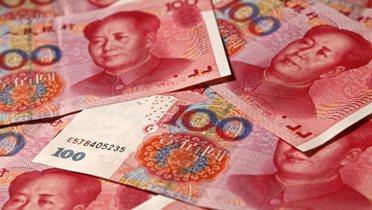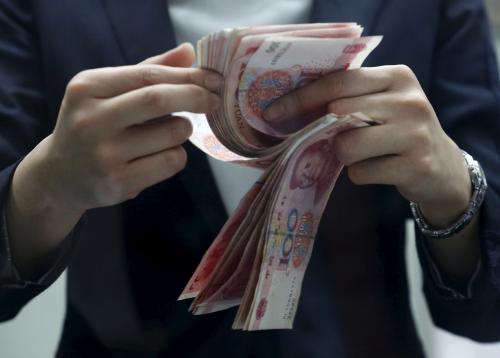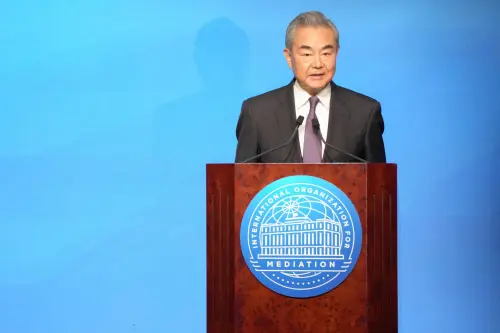On March 26, China launched crude oil futures contracts priced in renminbi (RMB) on the Shanghai International Energy Exchange. These contracts are the first RMB-denominated futures that foreigners can directly buy and sell. China is also taking steps to begin paying for some crude oil in RMB rather than in U.S. dollars. These moves are raising questions about whether China intends to challenge the dollar’s role as the default currency for oil pricing and trading worldwide.

China surpassed the United States to become the world’s largest importer of crude oil in 2017, a clear motivation for creating a mechanism to price oil in RMB. Additionally, adding a benchmark that reflects the types of oil needed by Chinese refineries poses a clear business purpose. China’s long-term goal is to increase the use of China’s currency in global trade, not just in oil.
Despite China’s central role in global oil markets, the RMB is unlikely to challenge the dollar as the default currency for oil trade anytime soon. A number of obstacles stand in its way, including Chinese capital controls and the foreign exchange risk that producers may be unwilling to take.
China’s push to internationalize the RMB
The internationalization of the RMB has been going on for about a decade now. The global financial crisis undermined confidence in the dollar-based international system, in China and elsewhere. China’s central bank governor, Zhou Xiaochuan, wrote an article in 2009 criticizing the world’s dependence on the dollar and calling for reform of the international monetary system. This launched a period in which China actively promoted the internationalization of its currency.
RMB’s share as a world payments currency, 2012-February 2018:

Initially there was a steady and rapid increase in measures of internationalization, such as the RMB’s share in global payments (see figure). However, the growth came to an end in the middle of 2015, and since then China’s share has declined. China launched the internationalization of its currency during a period in which the currency was still modestly under-valued and appreciating gradually against the dollar. As long as there was an expectation that the Chinese currency would continue to gradually appreciate, that by itself created incentive for businesses and households to be willing to accept RMB. However, in the middle of 2015, the central bank carried out a mini-devaluation of its currency and indicated that in the future there would be two-way fluctuation. Once the expectation of appreciation disappeared, there was not much attraction to holding RMB and the currency’s share of global payments stalled and even declined.
Once the expectation of appreciation was gone, the question simply became whether it is convenient to take payment in RMB rather than in dollars or another hard currency. If a firm knows that it is going to be buying a lot from China right away, then having RMB is convenient. But, if one wants to hold the asset for a while, and then perhaps buy from another country, then holding RMB is awkward. China’s capital markets are under-developed and the ability to switch among currencies is restricted.
Despite China’s push, RMB unlikely to move beyond niche use in oil markets
In order to make its currency attractive for payments, China will need to liberalize its financial markets and its capital account. In practice this means allowing foreigners to easily buy Chinese stocks and bonds and to move money in and out of the country as needed. Given the large debt overhang that has developed in China, opening its capital account quickly would in fact be risky and we are not advocating it—just pointing out that as long as the capital account is closed, holding RMB is not very attractive.
An additional challenge to RMB as a trading currency for oil is that several important oil and gas producers in the Middle East have currencies pegged to the U.S. dollar, including Saudi Arabia, the United Arab Emirates, Oman, and Qatar. Kuwait’s currency is pegged to a basket of currencies dominated by the dollar. These pegs came about to provide stability to oil-producing countries when the United States was the world’s largest oil importer. Recent low oil prices challenged the pegs, as economic growth in the United States led to gradually increasing interest rates at the same time that oil revenues for the oil-producing countries were declining, arguing for lower interest rates in those countries. Despite this challenge, the pegs held and rising oil prices have improved fiscal conditions in the producing countries.
For these countries, payment for oil in a currency other than the dollar raises a foreign exchange risk that they have not faced in decades. Dollar-denominated oil survived three years of rock-bottom prices and diverging economic fortunes between the United States and the producing countries. It is unlikely to change now that the industry is more flush with cash.
Transacting in RMB will be attractive for countries that are afraid that the United States might sanction them and keep them out of the dollar market. But for anyone other than that specialized group, transactions in dollars are likely to dominate for the foreseeable future.
The Brookings Institution is committed to quality, independence, and impact.
We are supported by a diverse array of funders. In line with our values and policies, each Brookings publication represents the sole views of its author(s).









Commentary
China’s currency displacing the dollar in global oil trade? Don’t count on it.
April 19, 2018